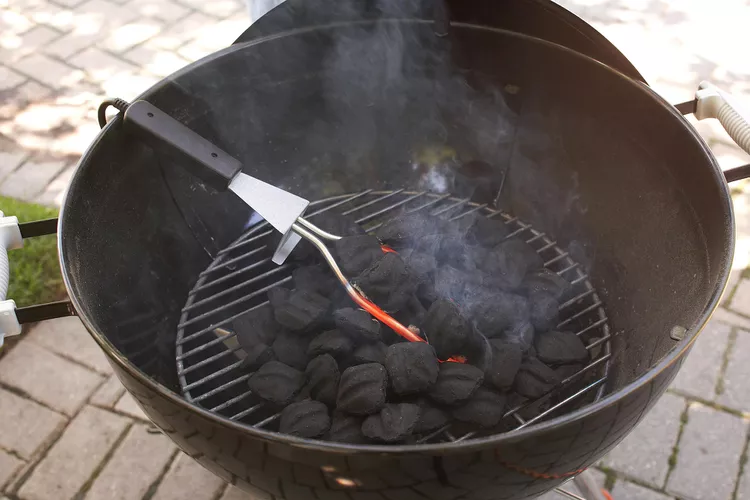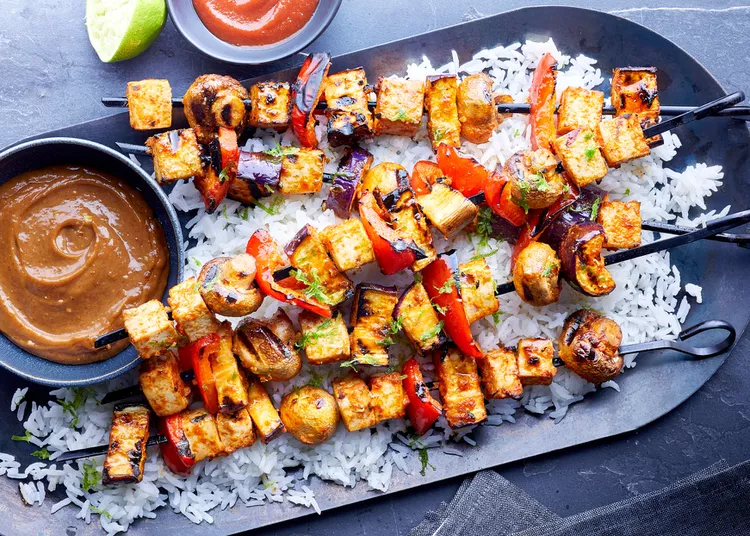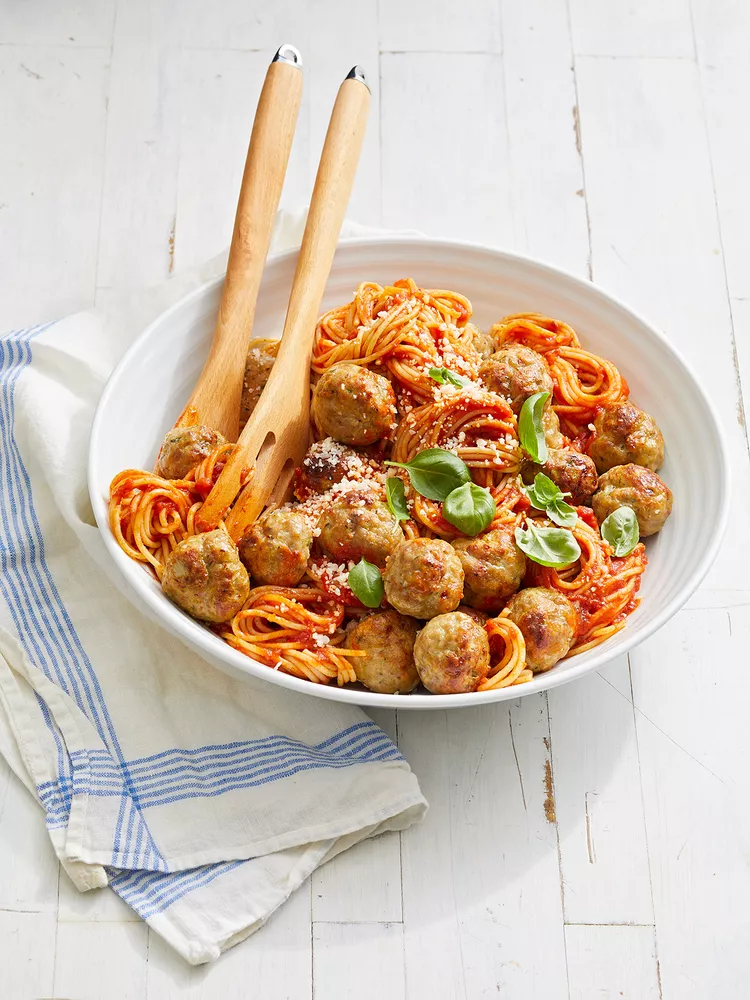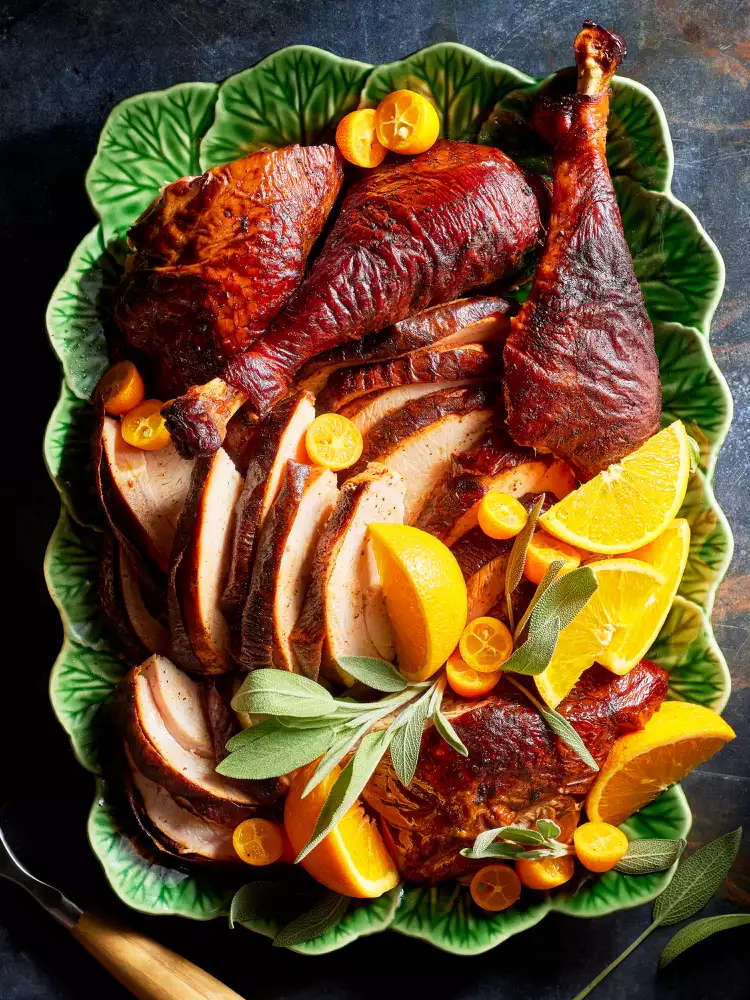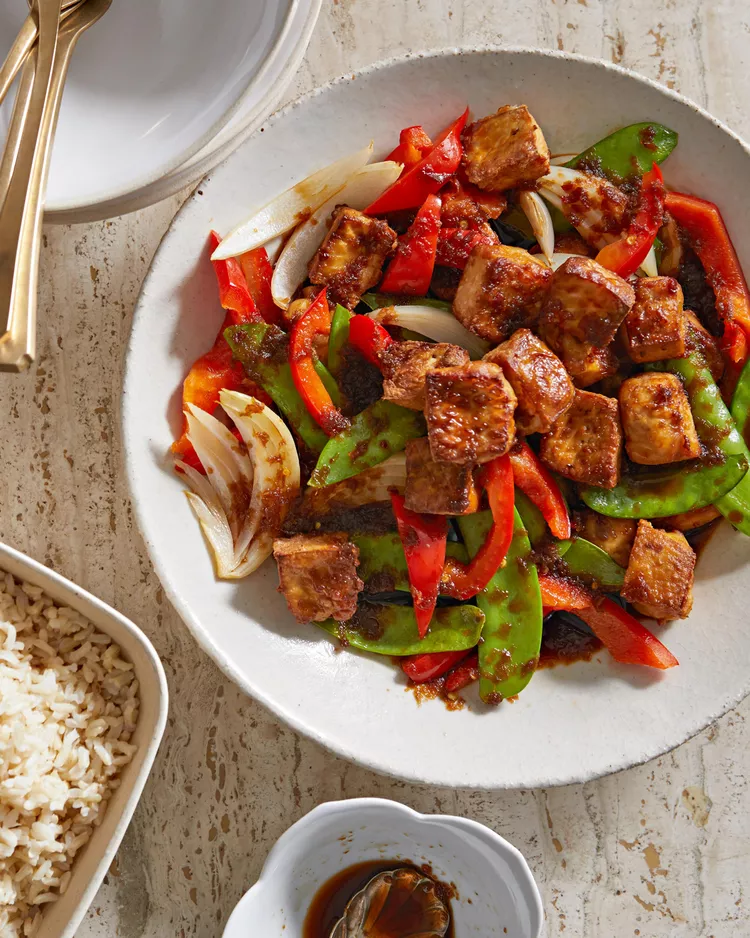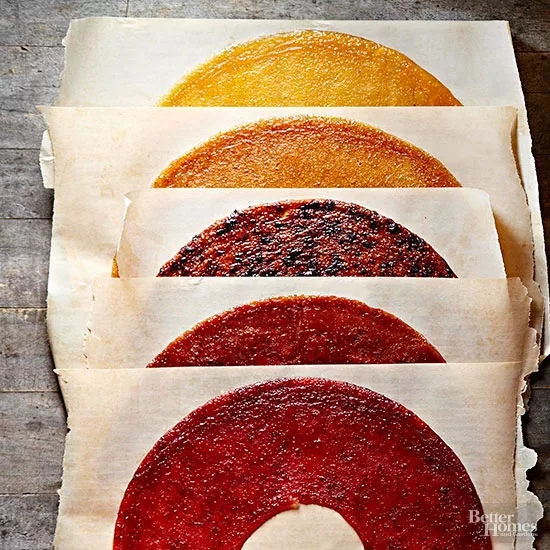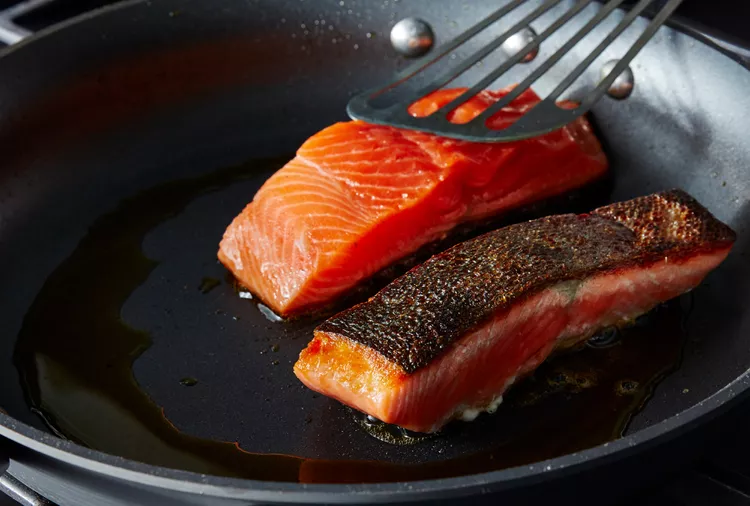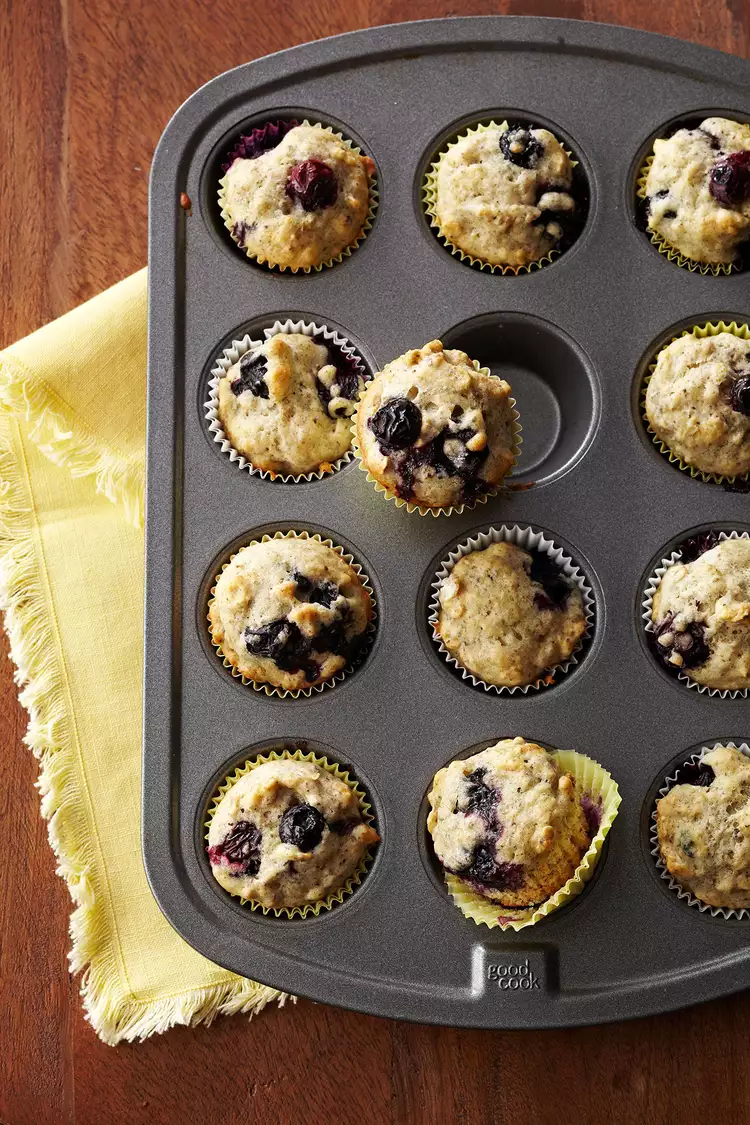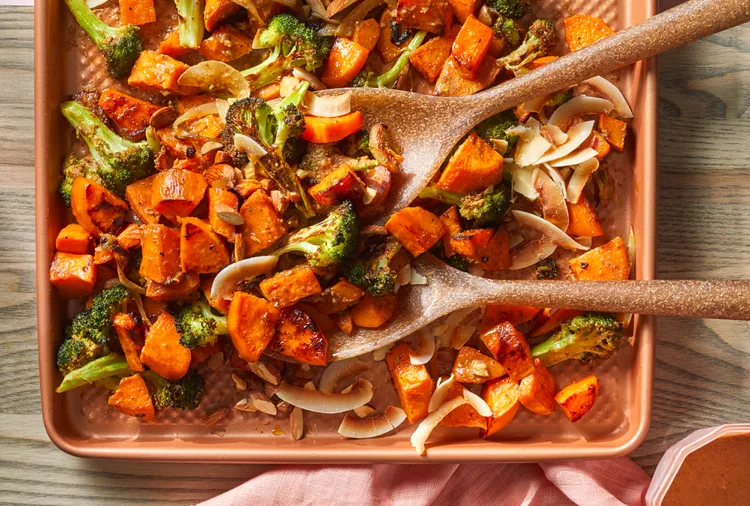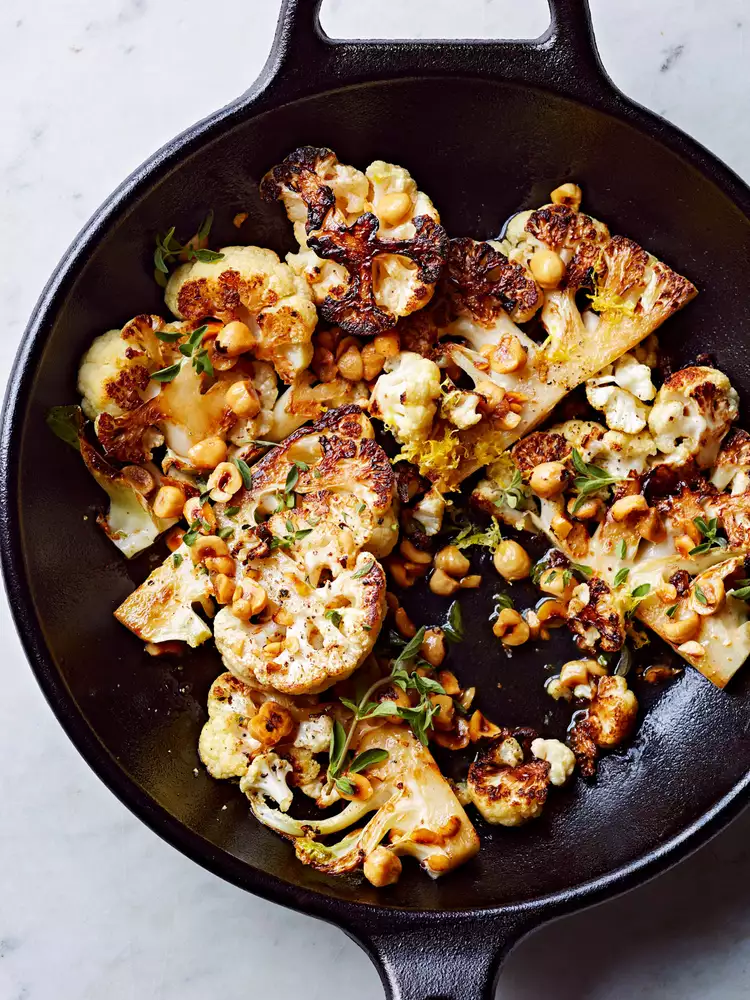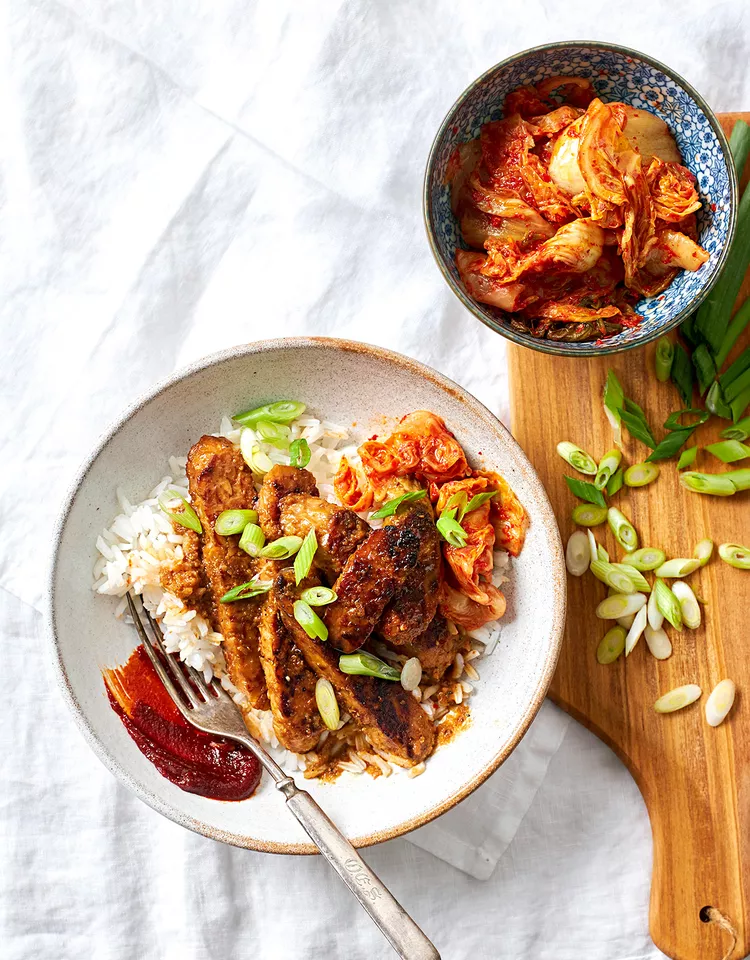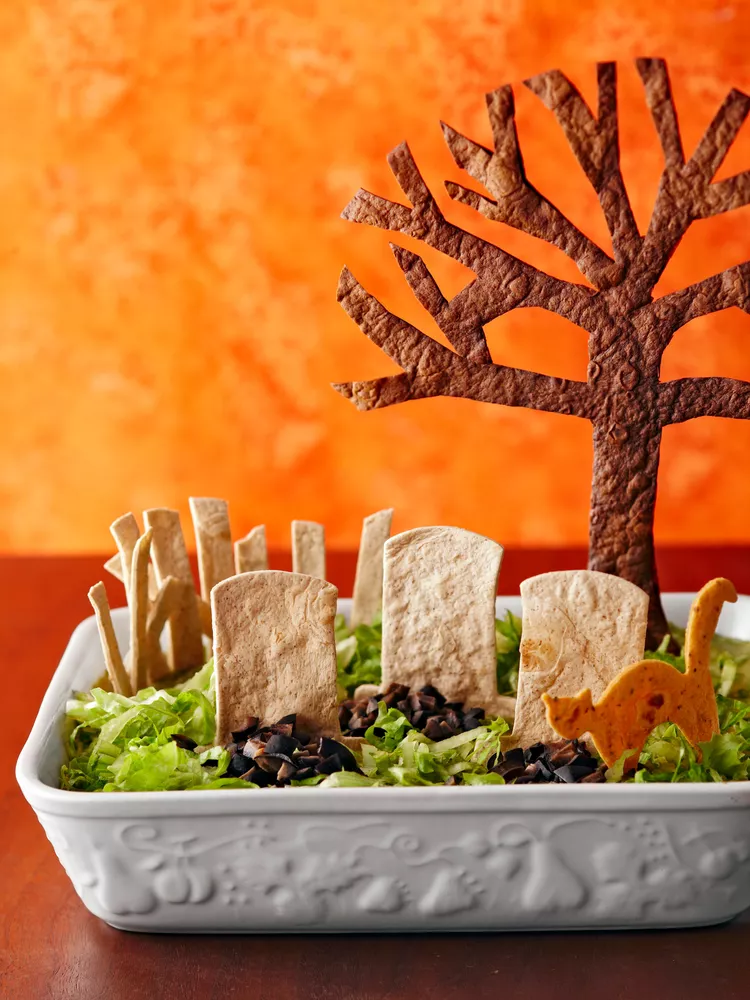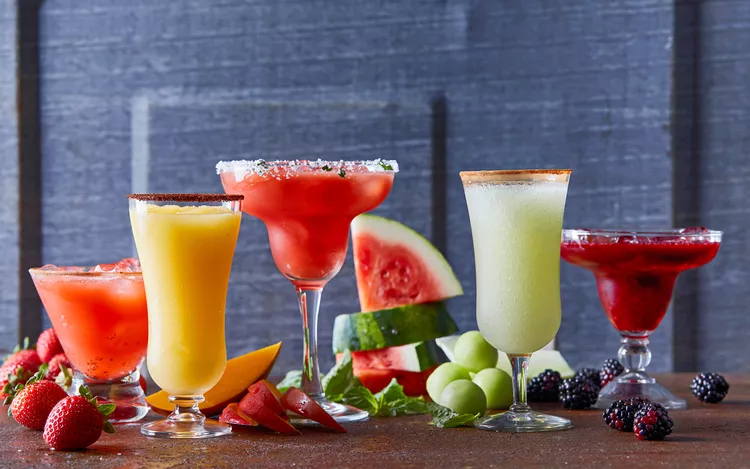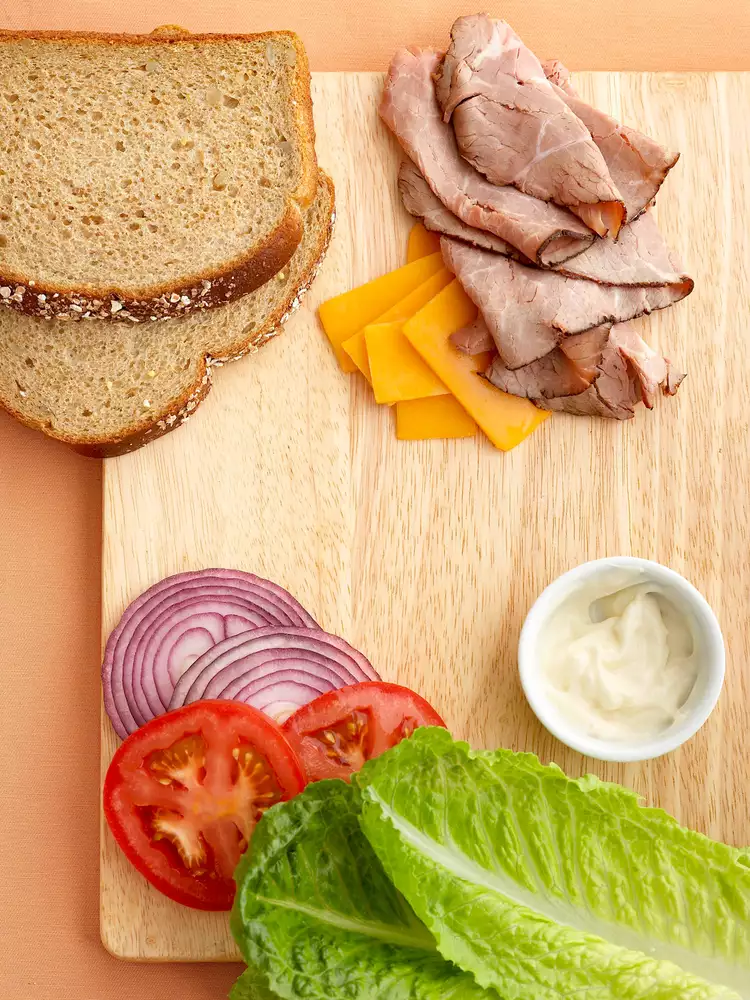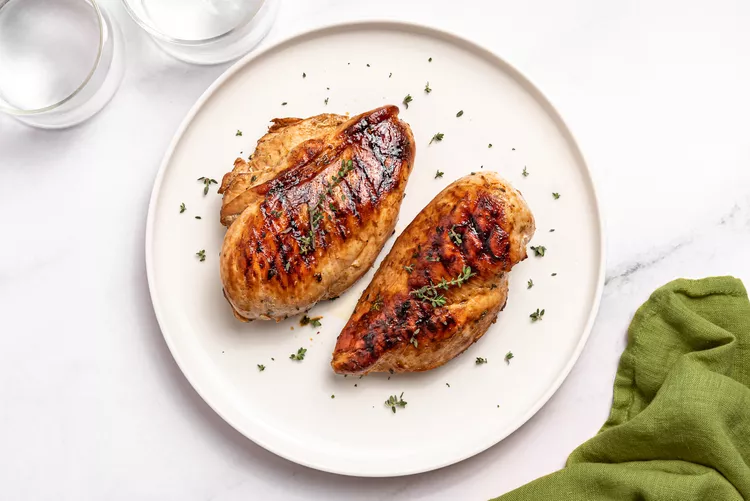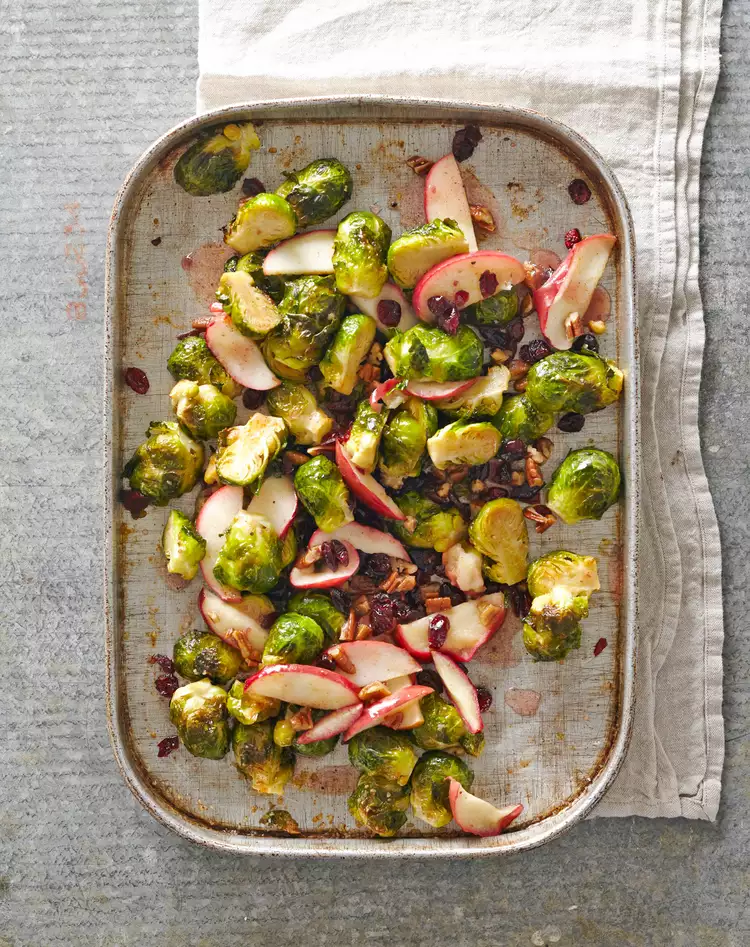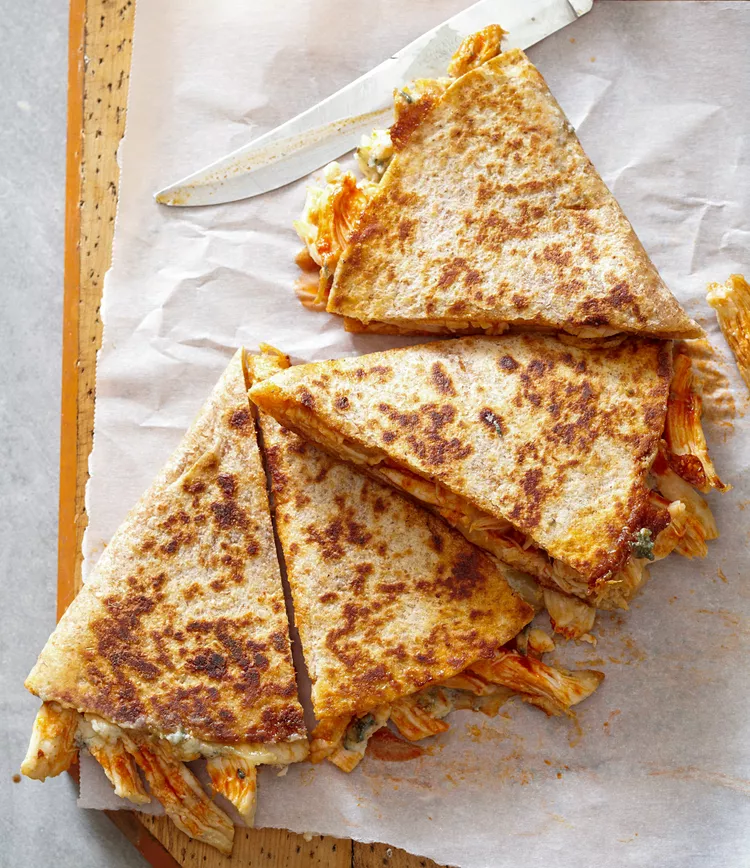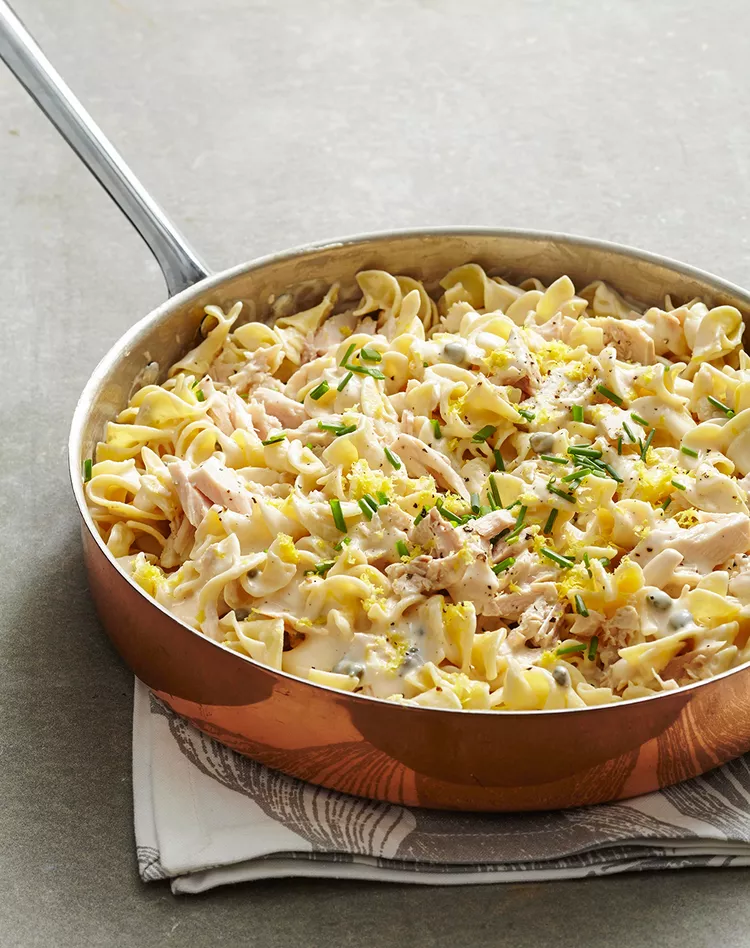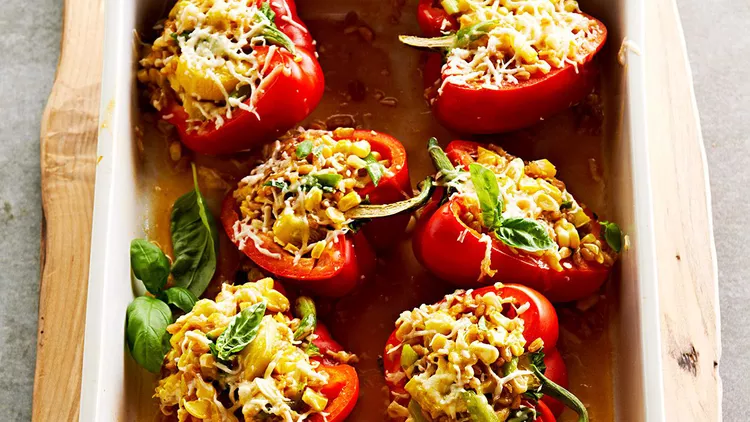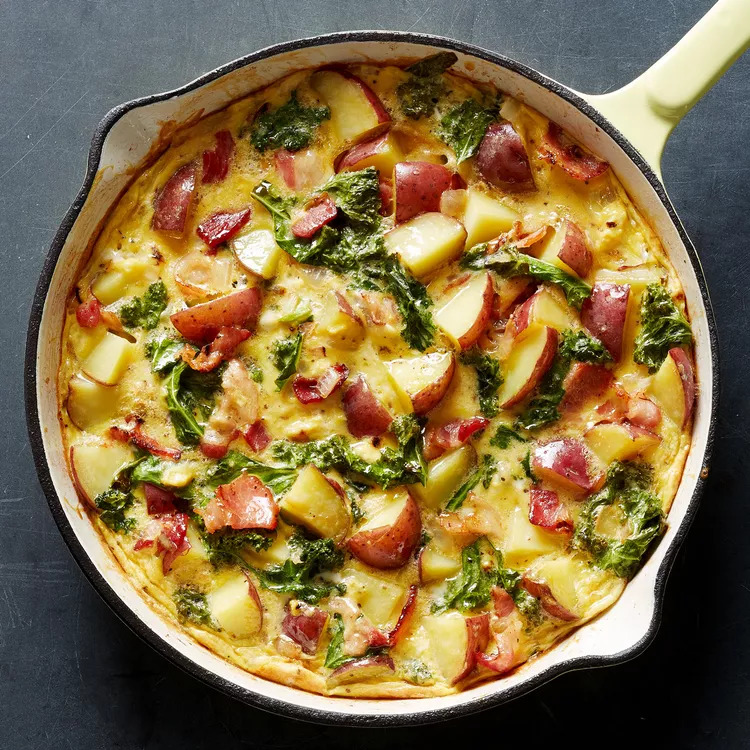When warmer weather arrives, it's time to fire up the grill. Summer cookout season is a good time to brush up on your grill skills or to learn basic techniques if you're new to grilling. But how hot does a grill get, anyway? And what temperature does it need to be for optimal grilling flavor? We have answers to these questions.
One of the most crucial steps to becoming a grill master is knowing how to control the temperature on gas and charcoal grills so your food cooks properly, regardless of your choice. By following our easy Test Kitchen tips for BBQ grill temperature control, you'll feel like a pro as you serve up perfectly cooked juicy steaks alongside just-right grilled fruits and vegetables all summer.
How to Control Temperature on Charcoal Grills
Many grills come with a thermometer built into the cover, which is great for indirect grilling (when the air circulates around your food to cook it) and getting a rough idea of the charcoal grill temperature. If you don't have one and are a stickler for numbers, you can buy a thermometer to put inside the grill. Many barbecue buffs swear by air probes that monitor the heat inside the pit of your grill.
How Hot Does a Grill Get? Use the Hand Method to Find Out
No thermometer nearby? Hold your hand above the grill grate, about the height of a soda can. See how long you can keep it there comfortably. For safety, immediately pull your hand away when it feels too hot!
For an easy way to answer the question of how does a grill get, time how long you can comfortably keep your hand there. This will determine the grill's temperature from low to high.
- High (400°F to 450°F): about 2 seconds
- Medium-high (375°F to 400°F): about 3 seconds
- Medium (350°F to 375°F): about 4 seconds
- Low (300°F to 350°F): about 5 seconds
How to Adjust the Heat on a Charcoal Grill
If the temperature isn't hitting the mark for your grilling recipe, here are three ways to adjust it without fancy grill temperature controller tools:
Reposition the coals
- To cool down: Spread out the briquettes.
- To heat up: Push the coals together.
Adjust the rack (some grills come with an adjustable one)
- To cool down: Raise the rack away from the coals.
- To heat up: Lower the rack closer to the coals.
Adjust the vents
- To cool down: Close the top vent a little to allow less oxygen in.
- To heat up: Open the vent wider to allow more oxygen in.
- To heat up even more: Open both top and bottom vents.
How to Control Temperature on a Gas Grill
Gas grill automatic temperature control is easier than figuring out how to control the temperature on charcoal since gas grill knobs can adjust the heat (simply turn up/down as needed) fairly quickly and easily. If you're seeking an indirect grilling zone, turn on one of the burners and leave the other one or two off. Then cook the food on the side that's off.
Most gas grill temperatures max out around 550°F. A rough guide to gas grill temps:
- Very high (450°F to 550°F)
- High (400°F to 450°F)
- Medium-high (375°F to 400°F)
- Medium (350°F to 375°F)
- Low (300°F to 350°F)
- Pitmaster-style low and slow (200°F to 300°F)
Grilling Temperature Control Tips for Your Recipe
Just as with recipes in your oven, there are ideal temperatures for your grilled menu. Our Test Kitchen recommends you cook your outdoor feast at these levels unless directed otherwise by your recipe:
- 450°F to 550°F: Meat kabobs, seared skirt steak, shellfish, fish steaks
- 350°F to 450°F: Thicker beef cuts, burgers, chicken, turkey, whole fish, vegetables, fruits
- 250°F to 350°F: Brats, pork tenderloin
- 200°F to 250°F: Brisket, ribs
With these grilling temperature control pointers, whether you swear by gas or charcoal, you can maintain the proper grill temperature to make classic juicy burgers and marinated chicken perfectly.
